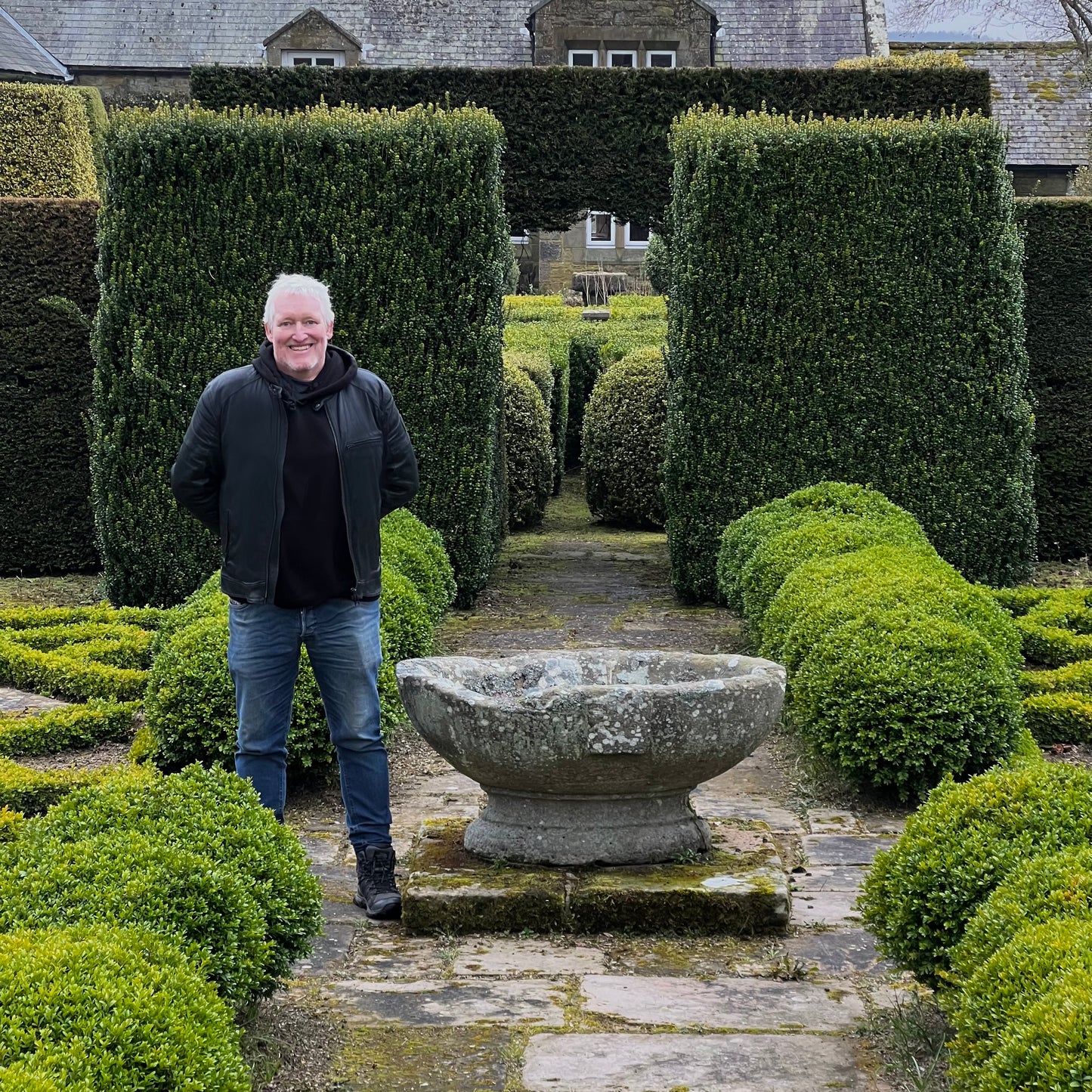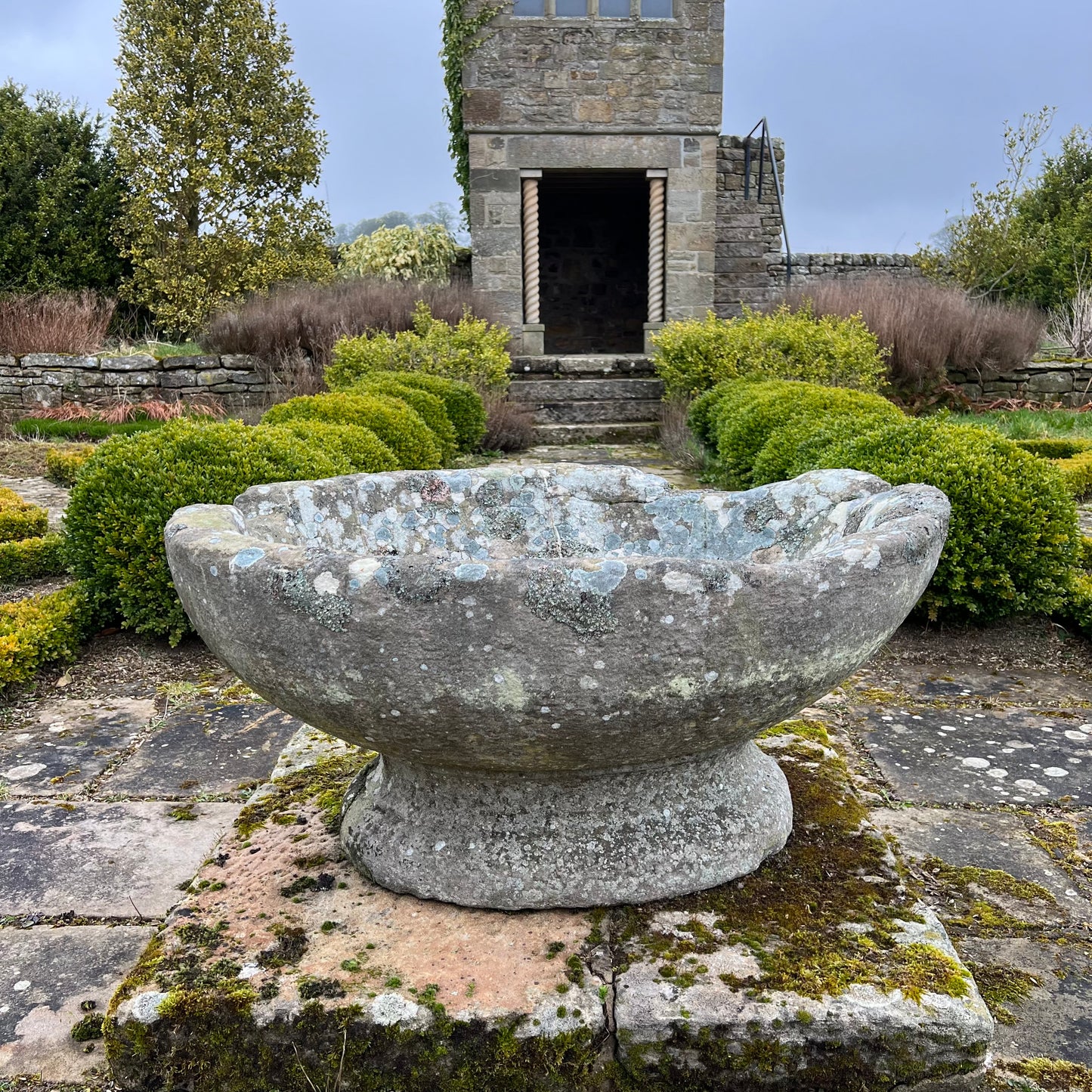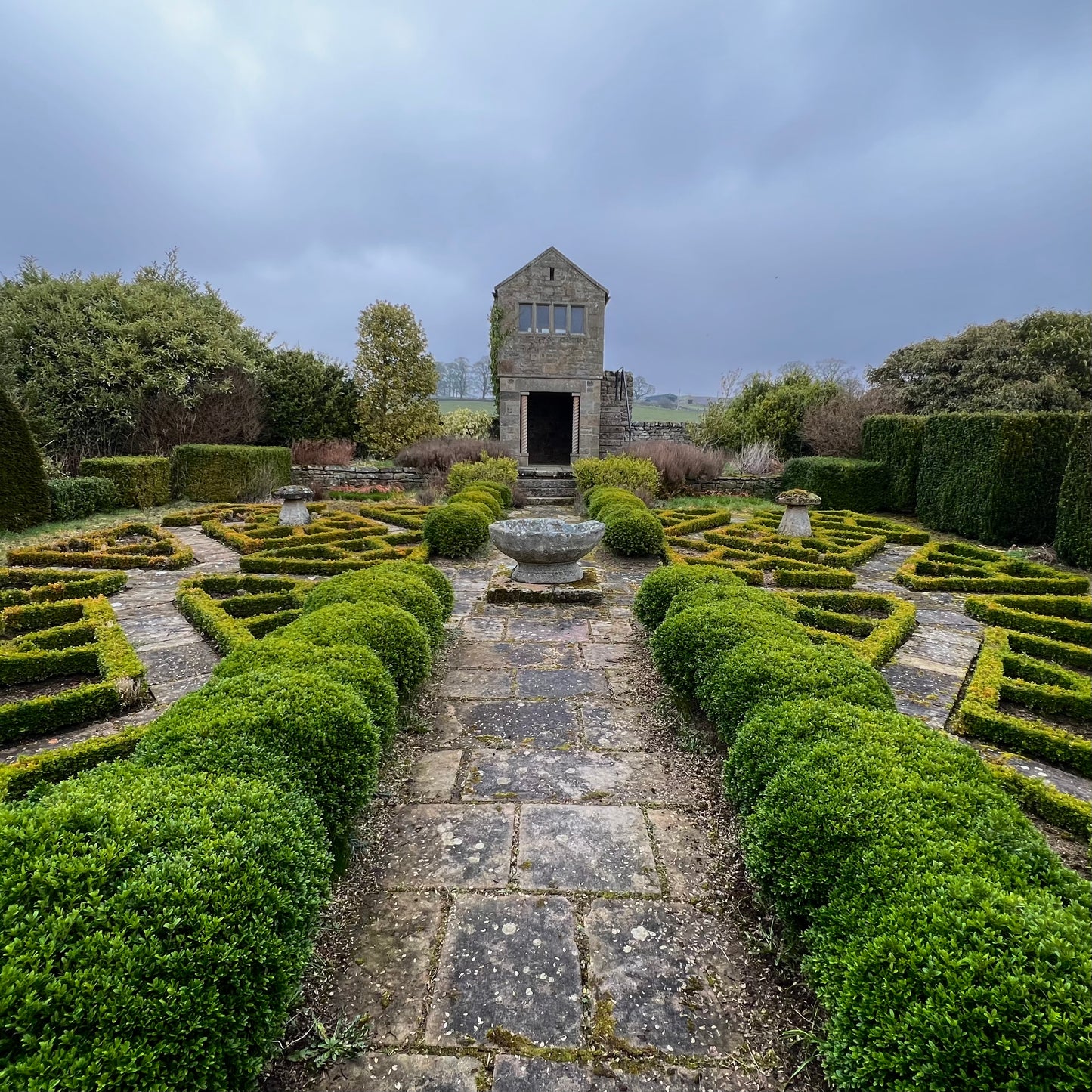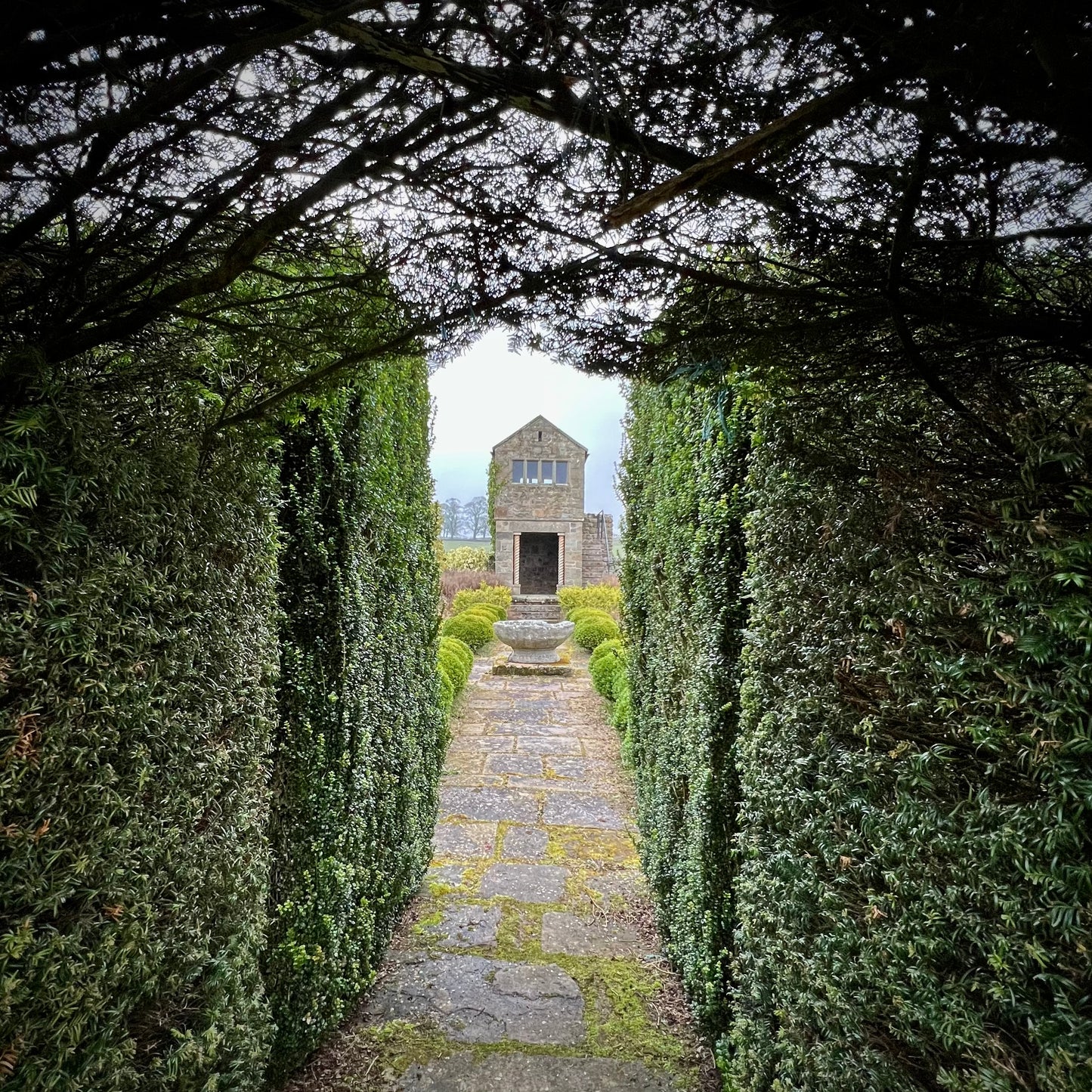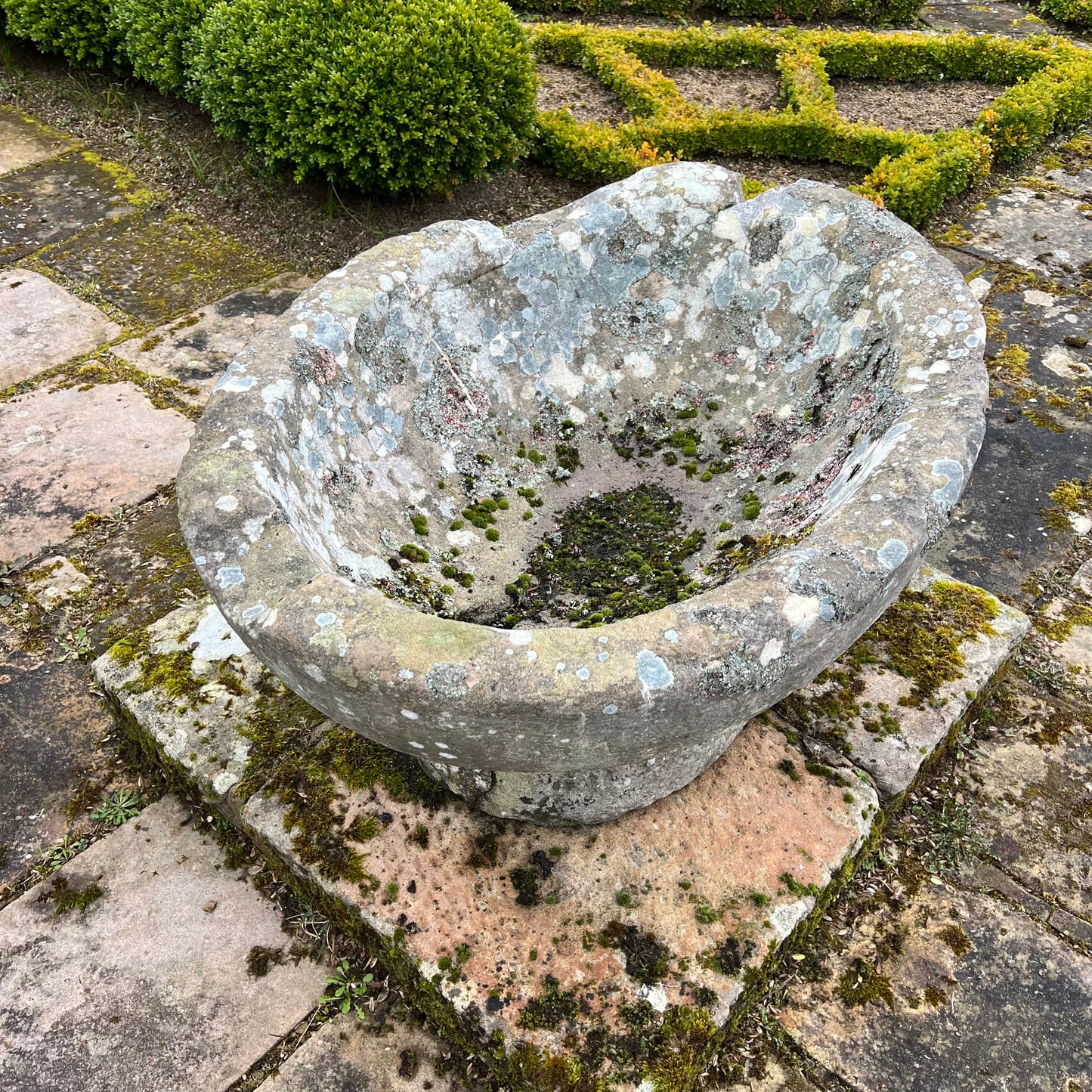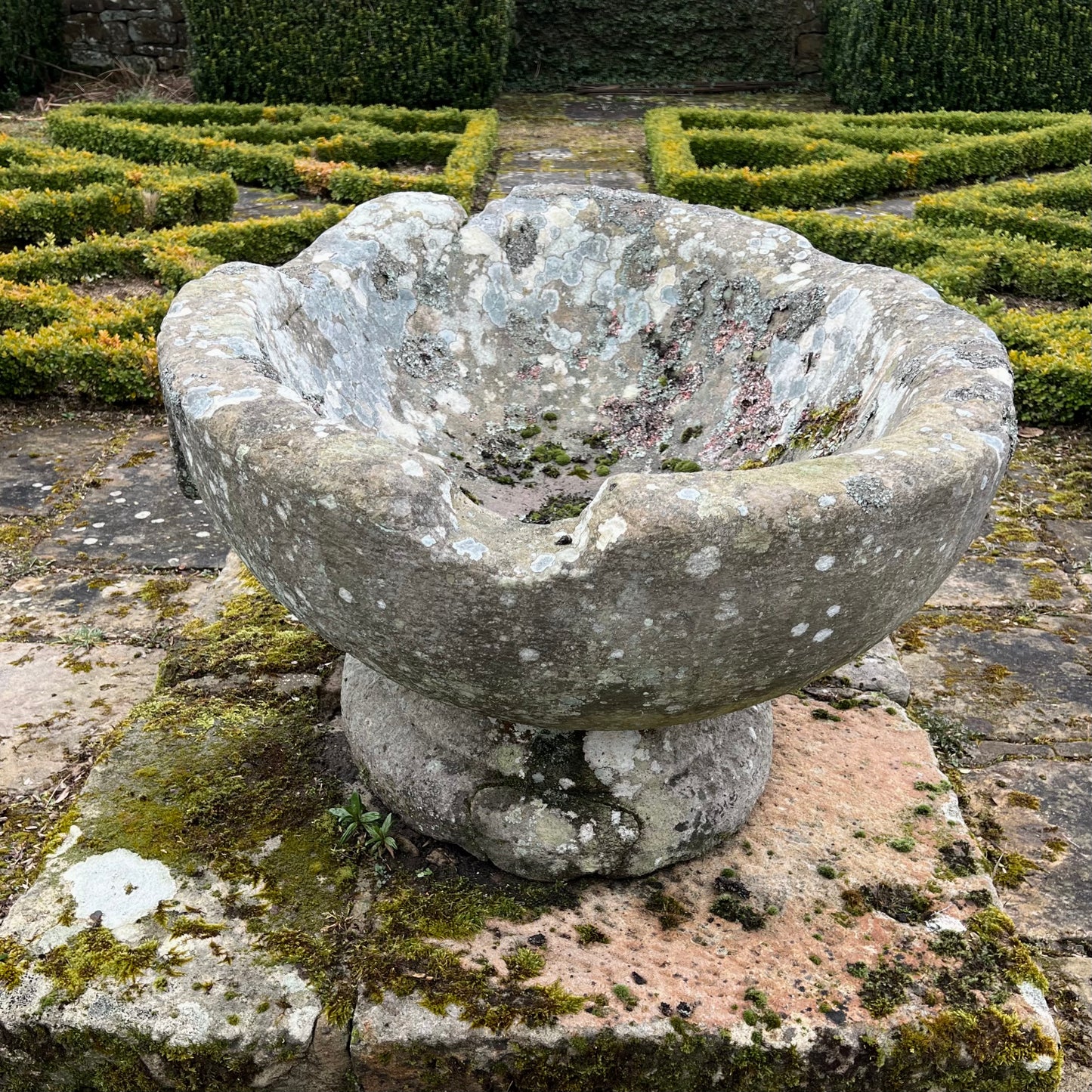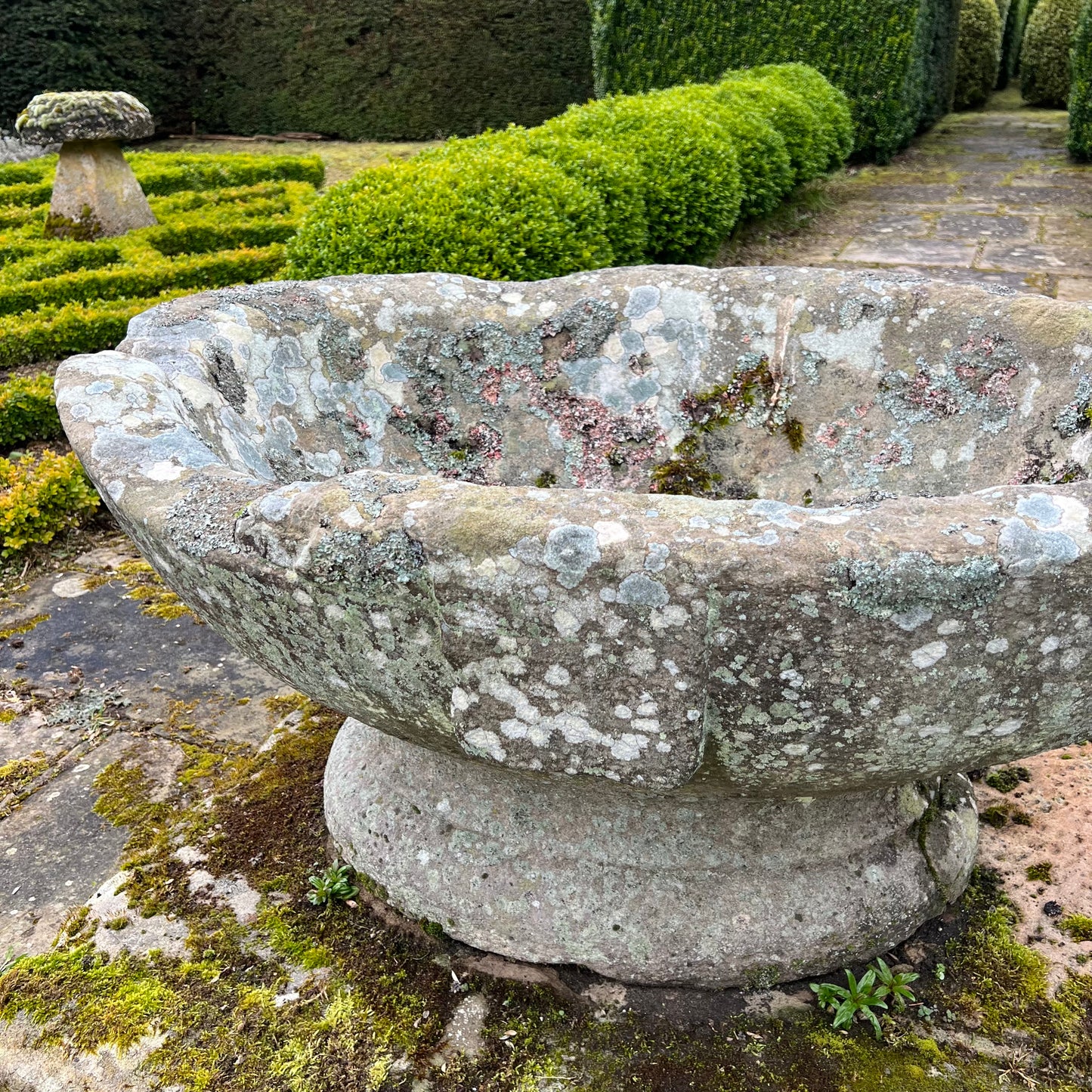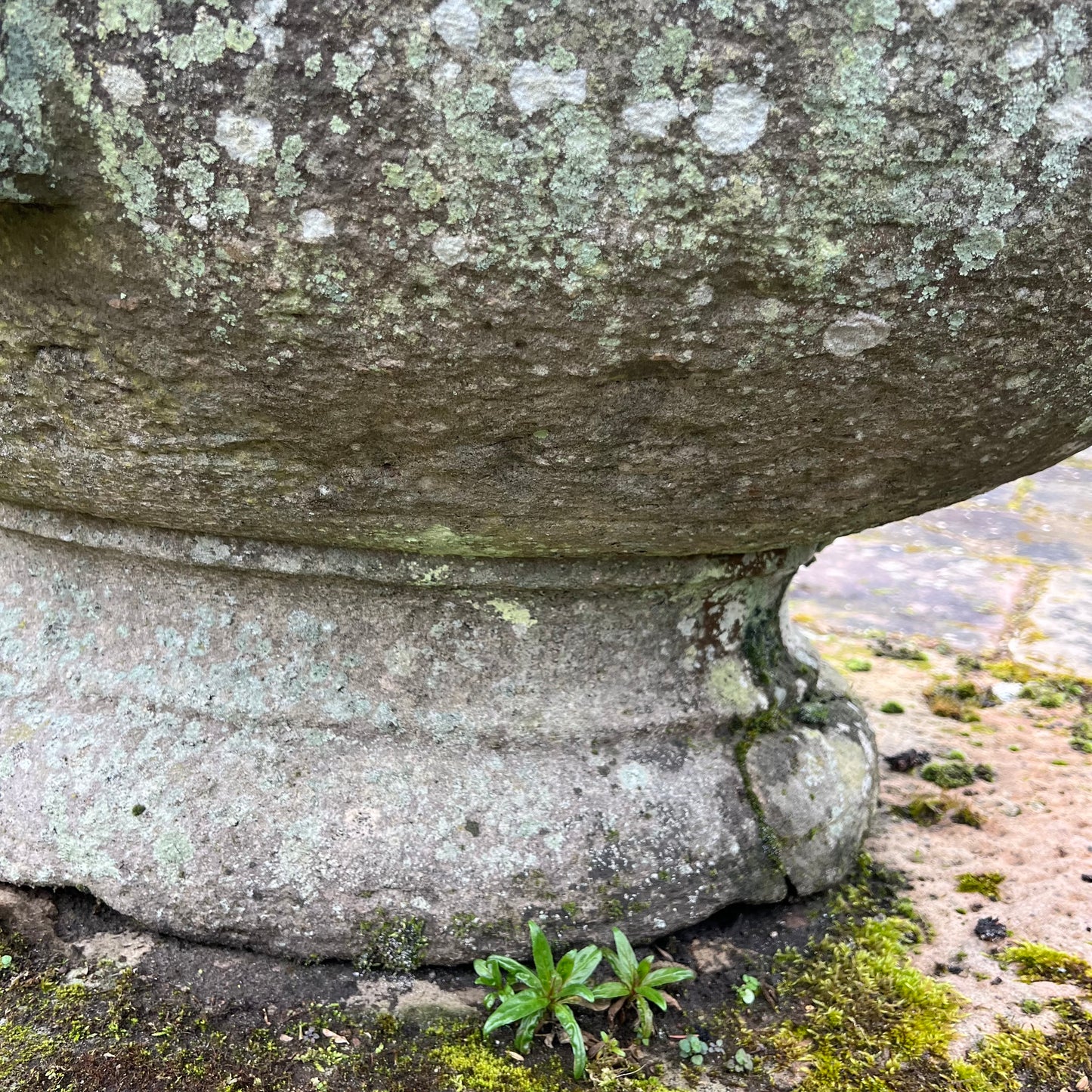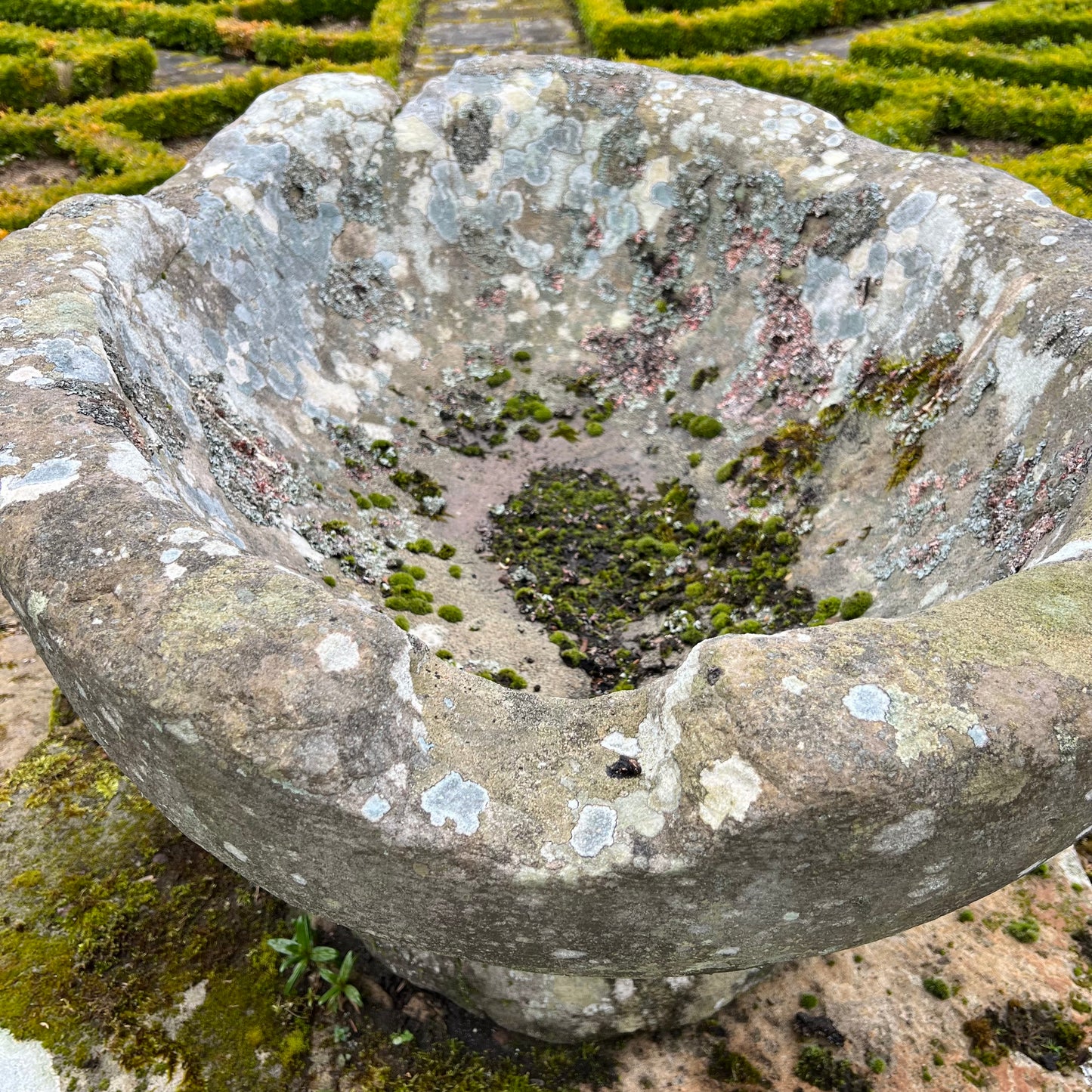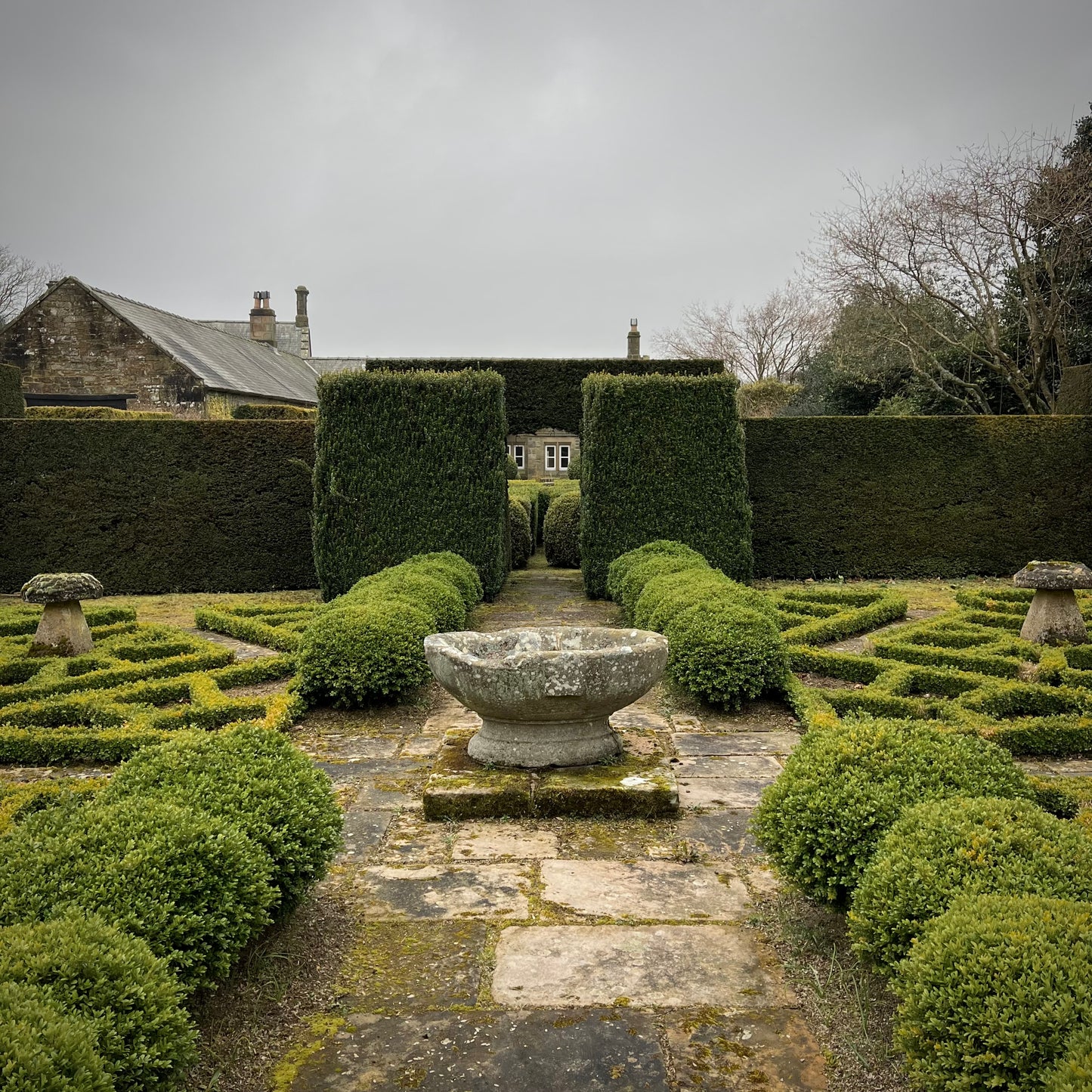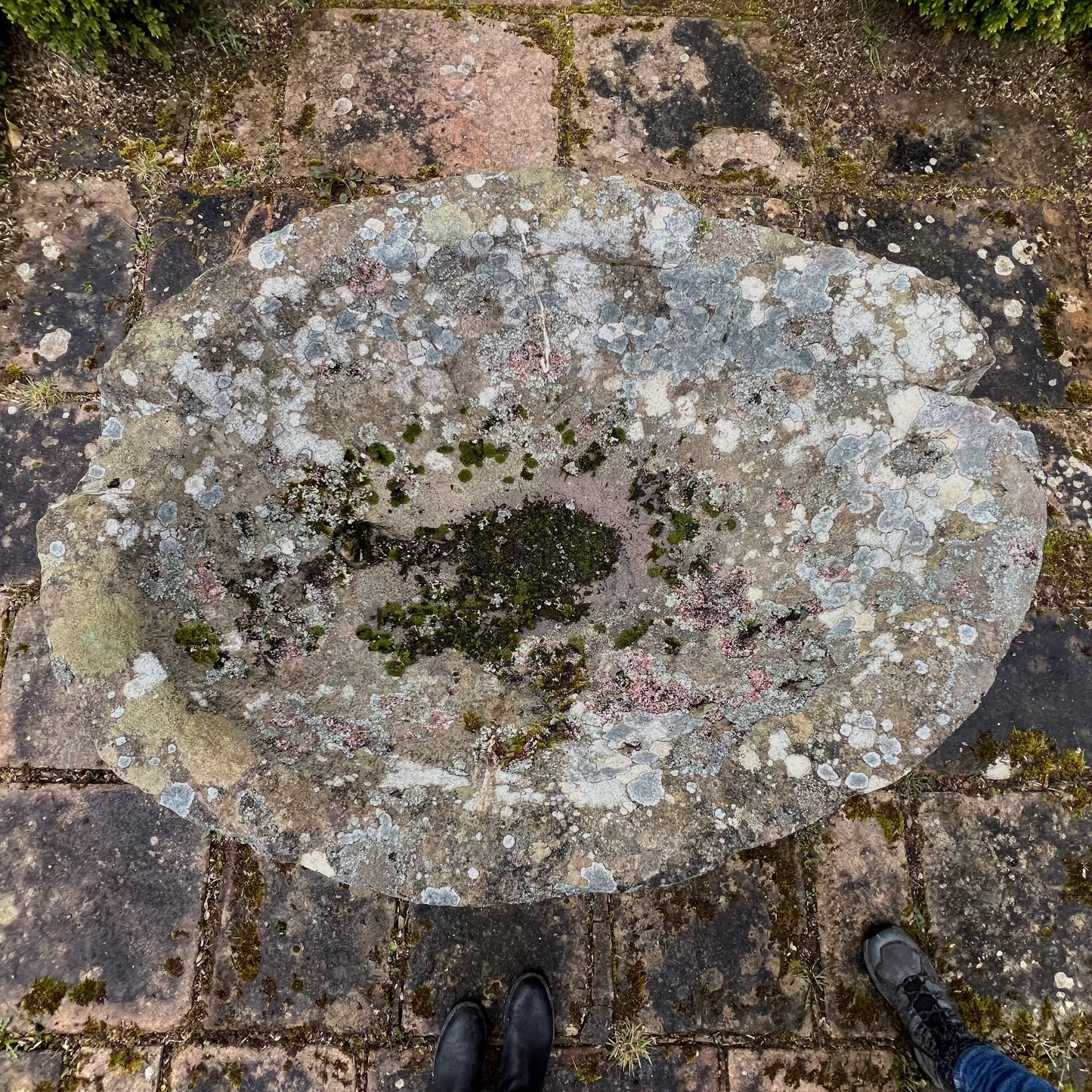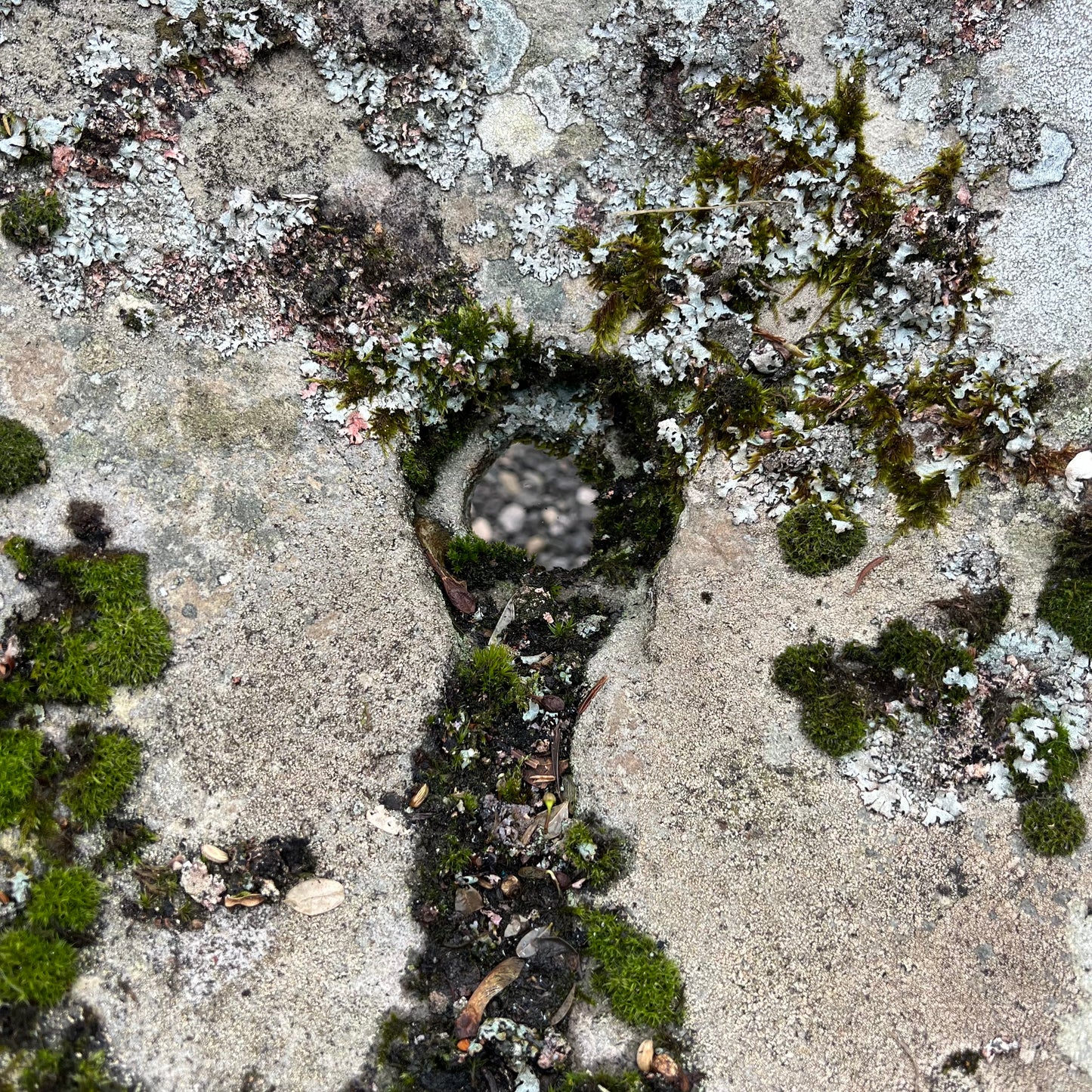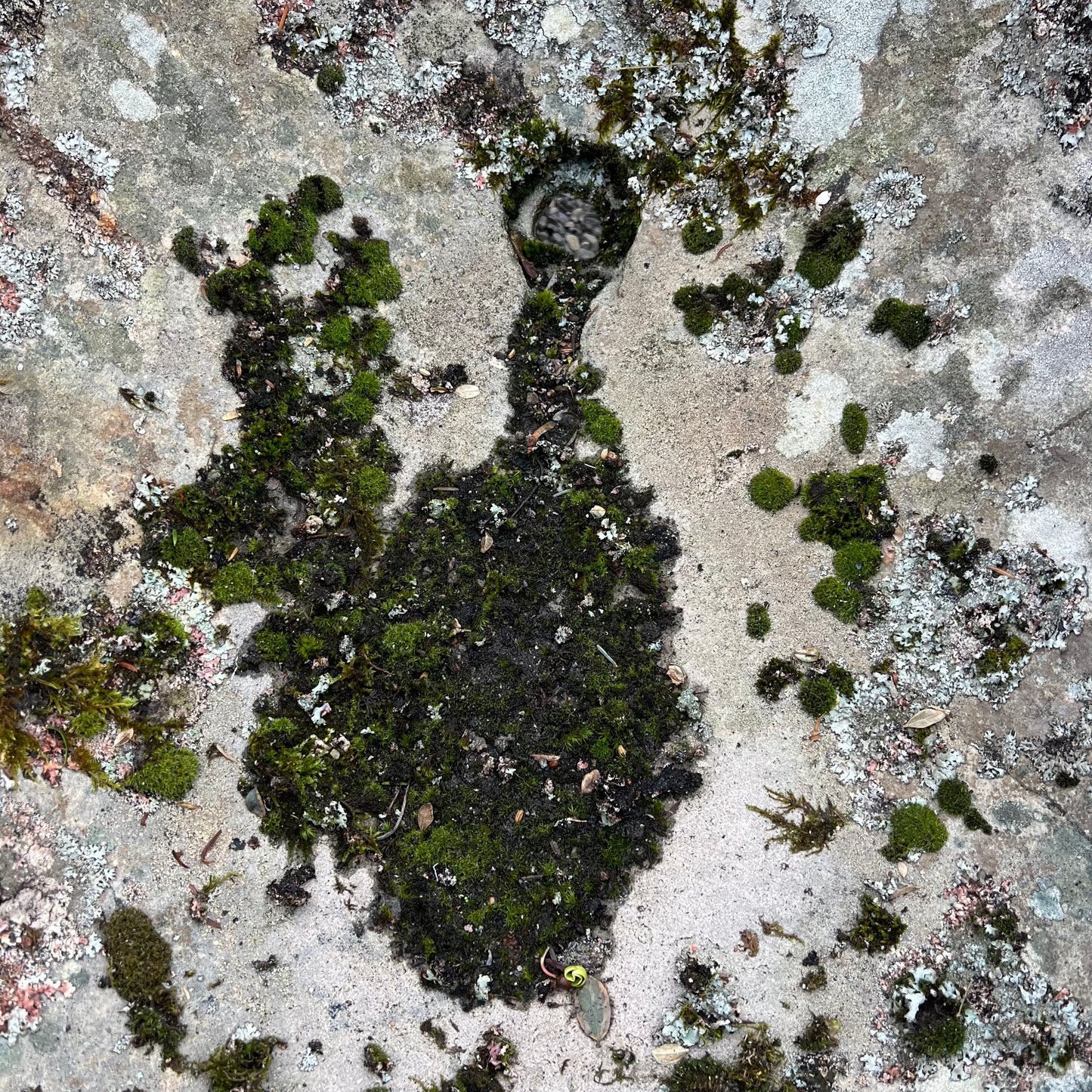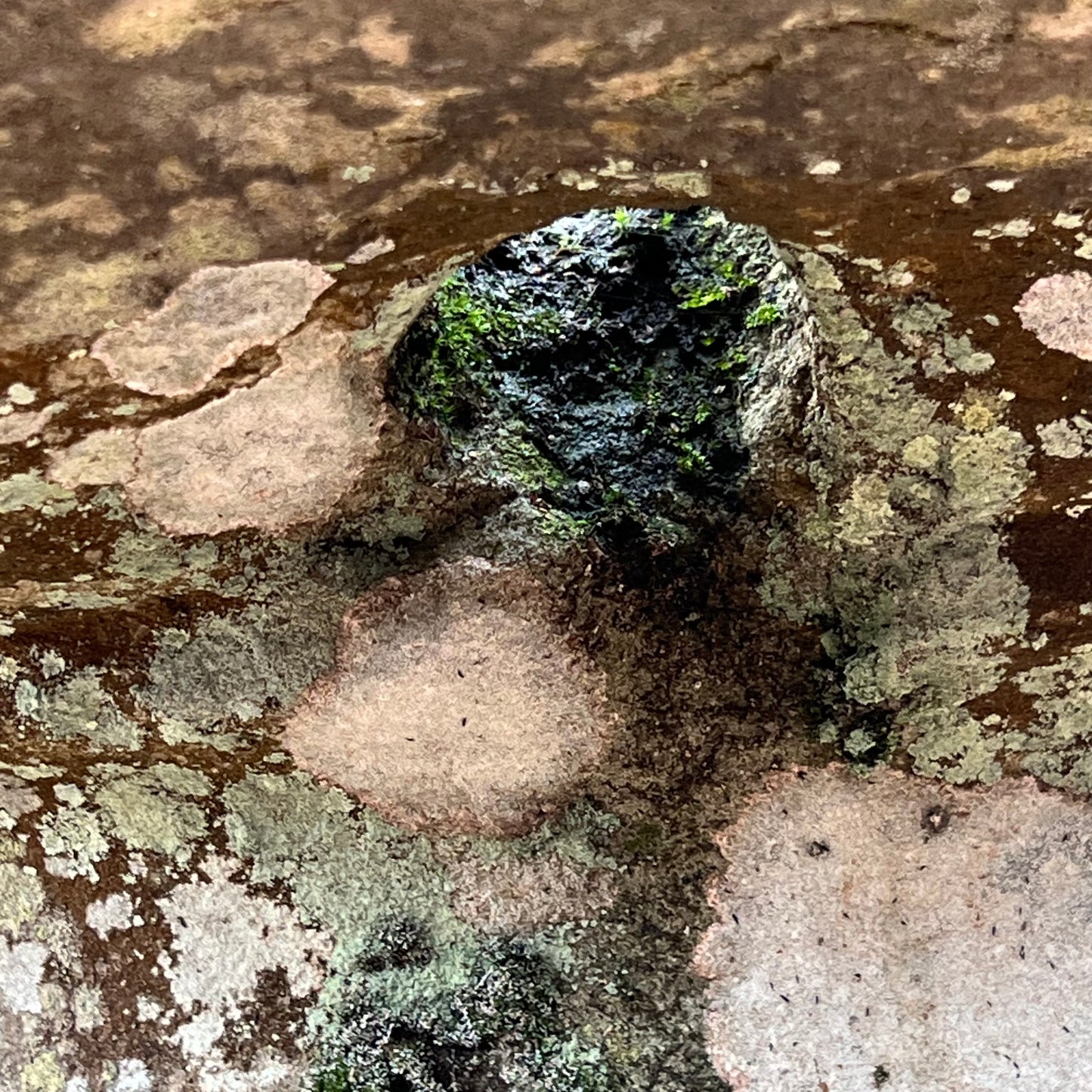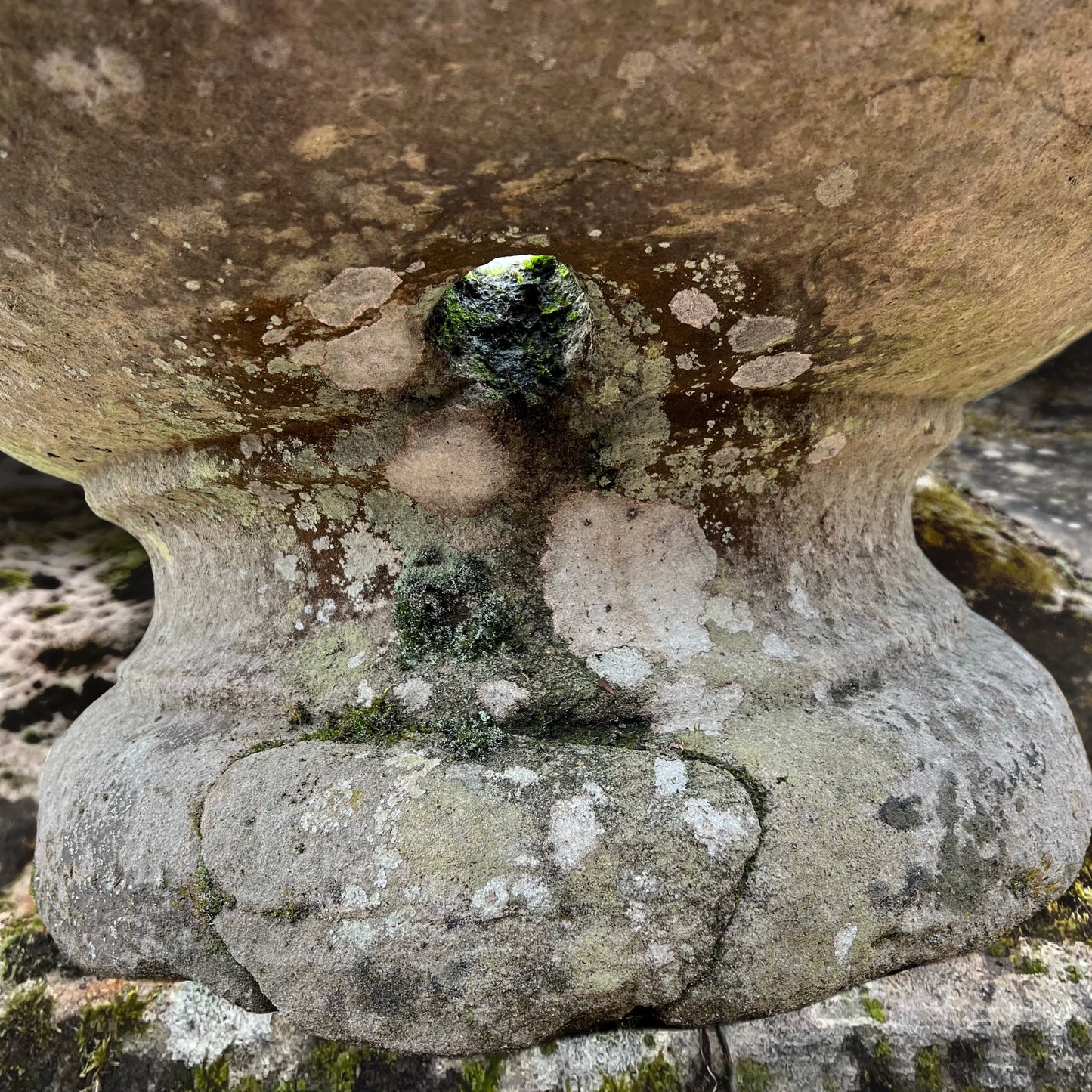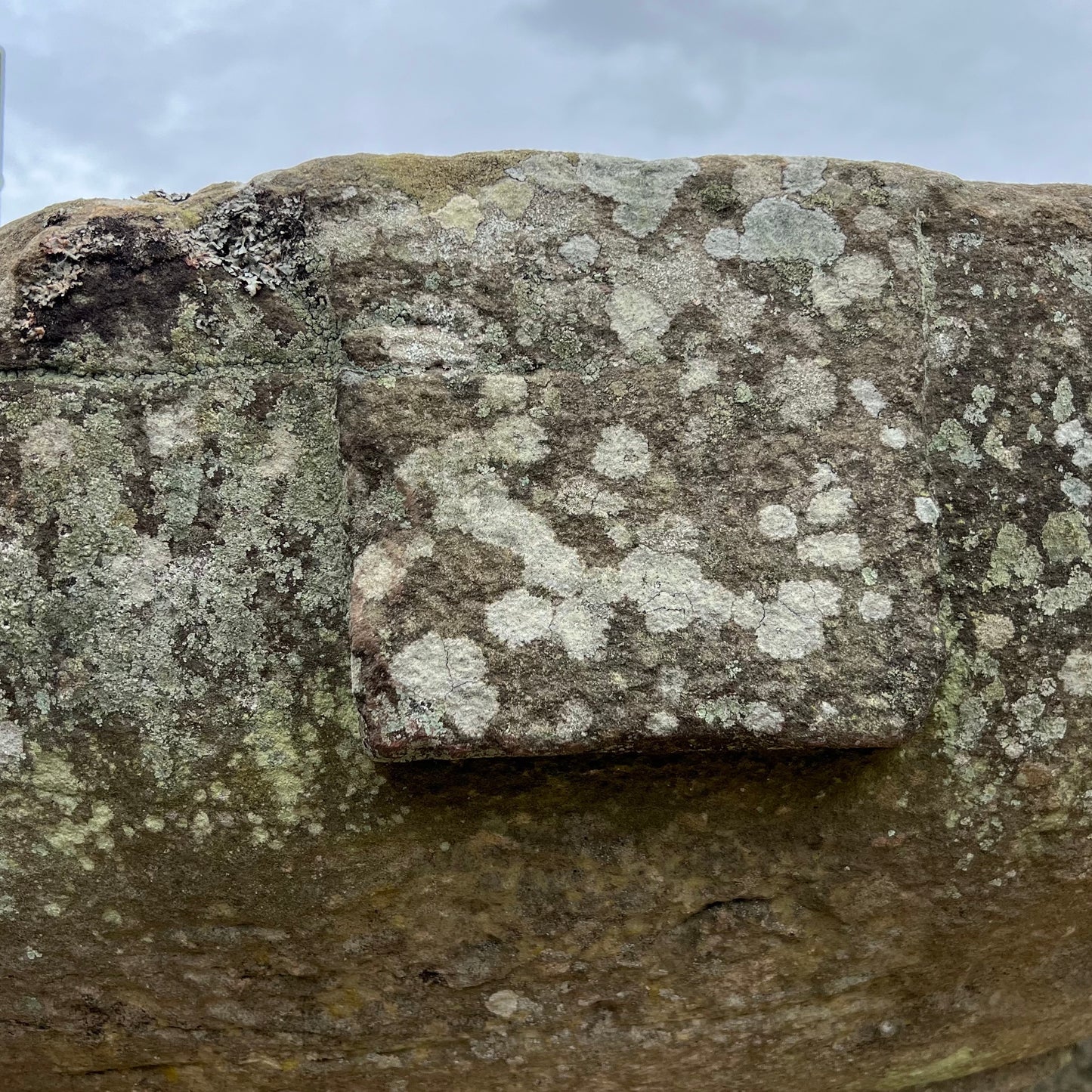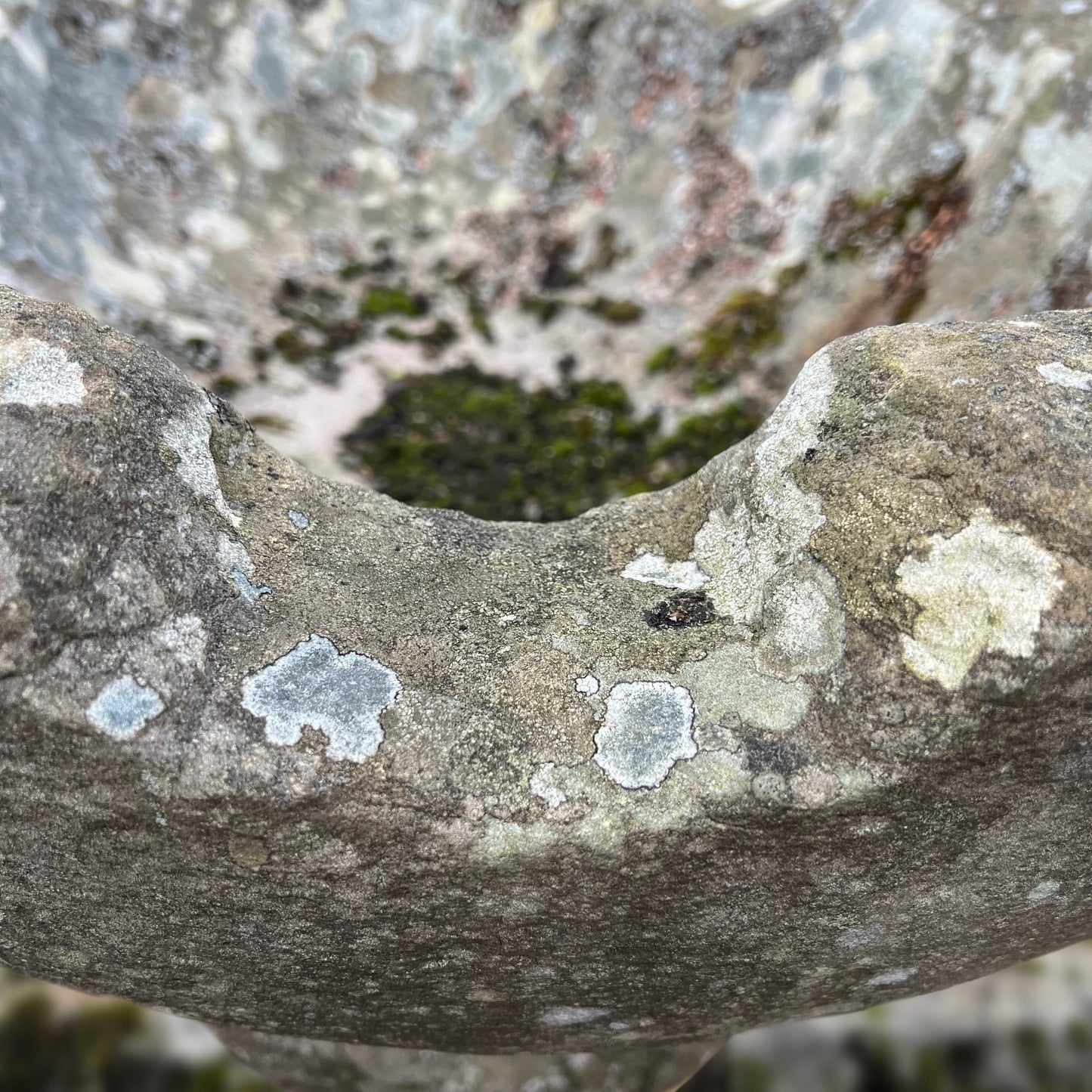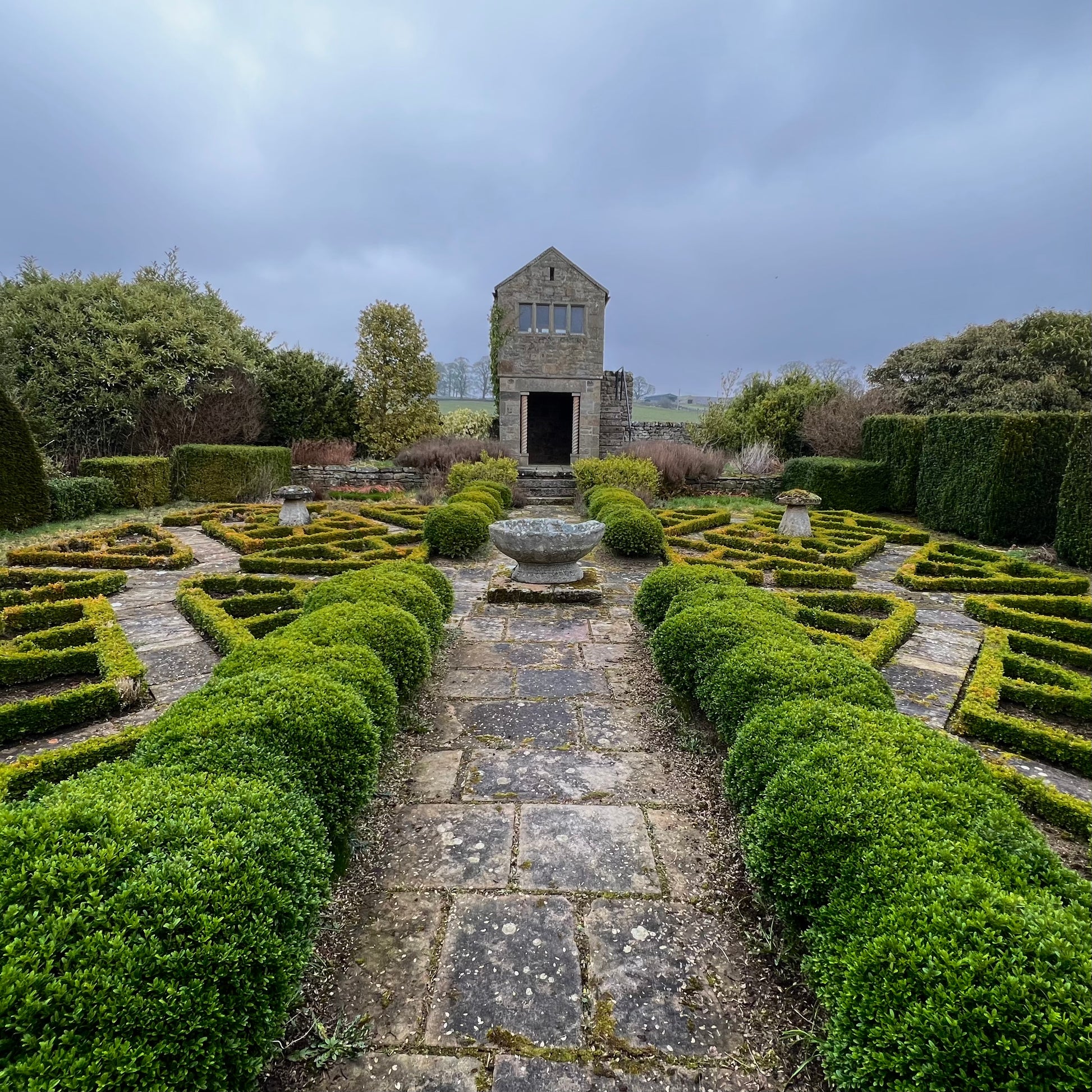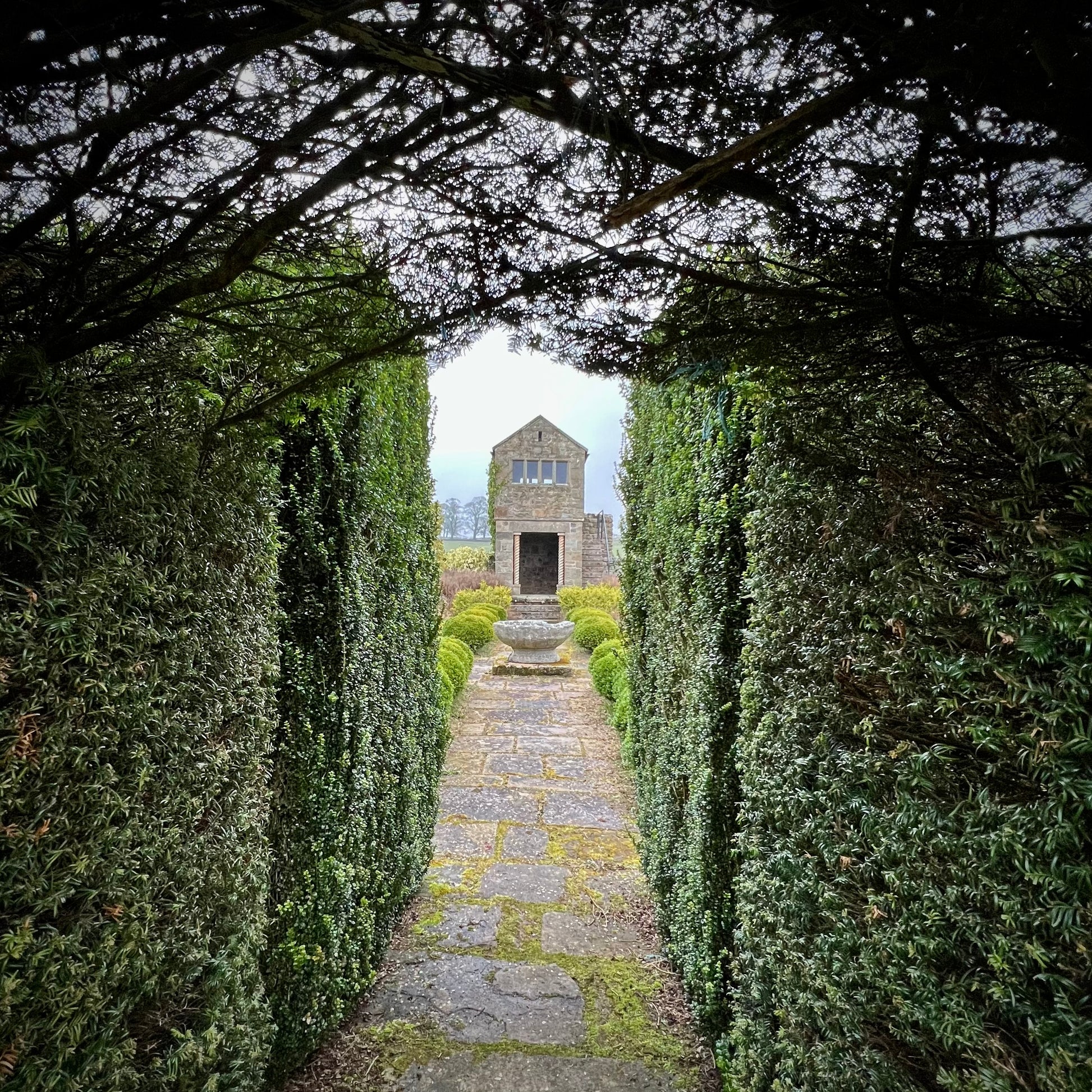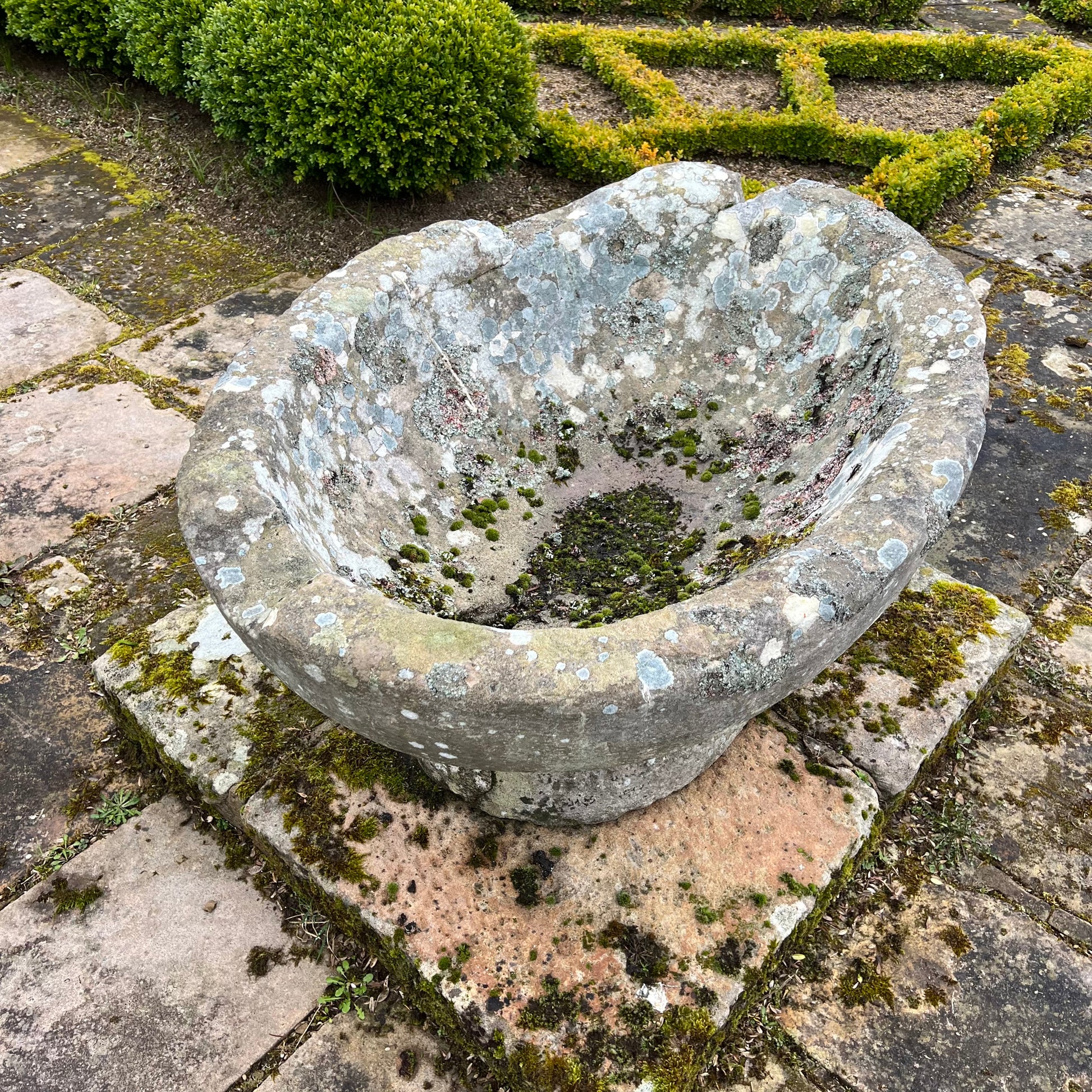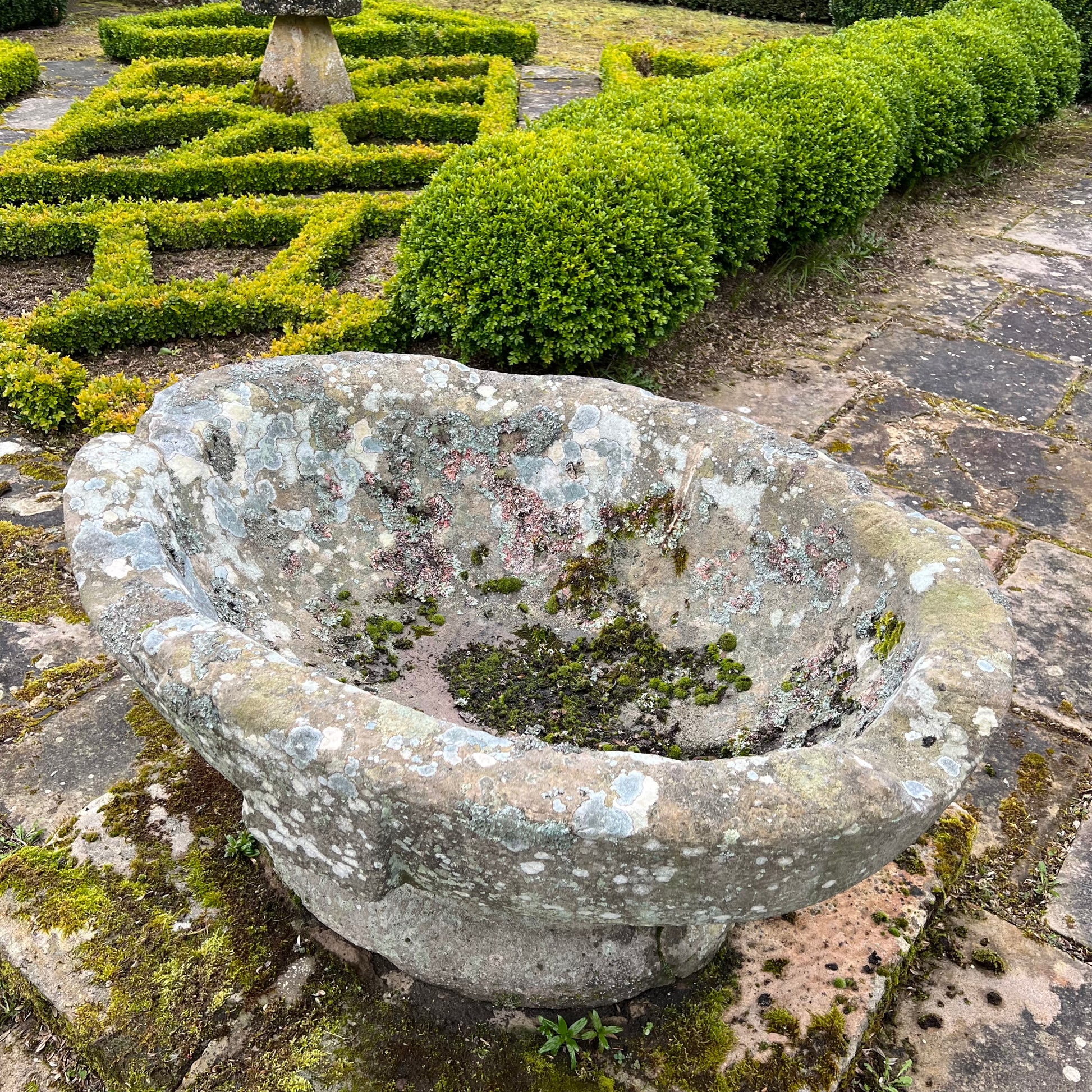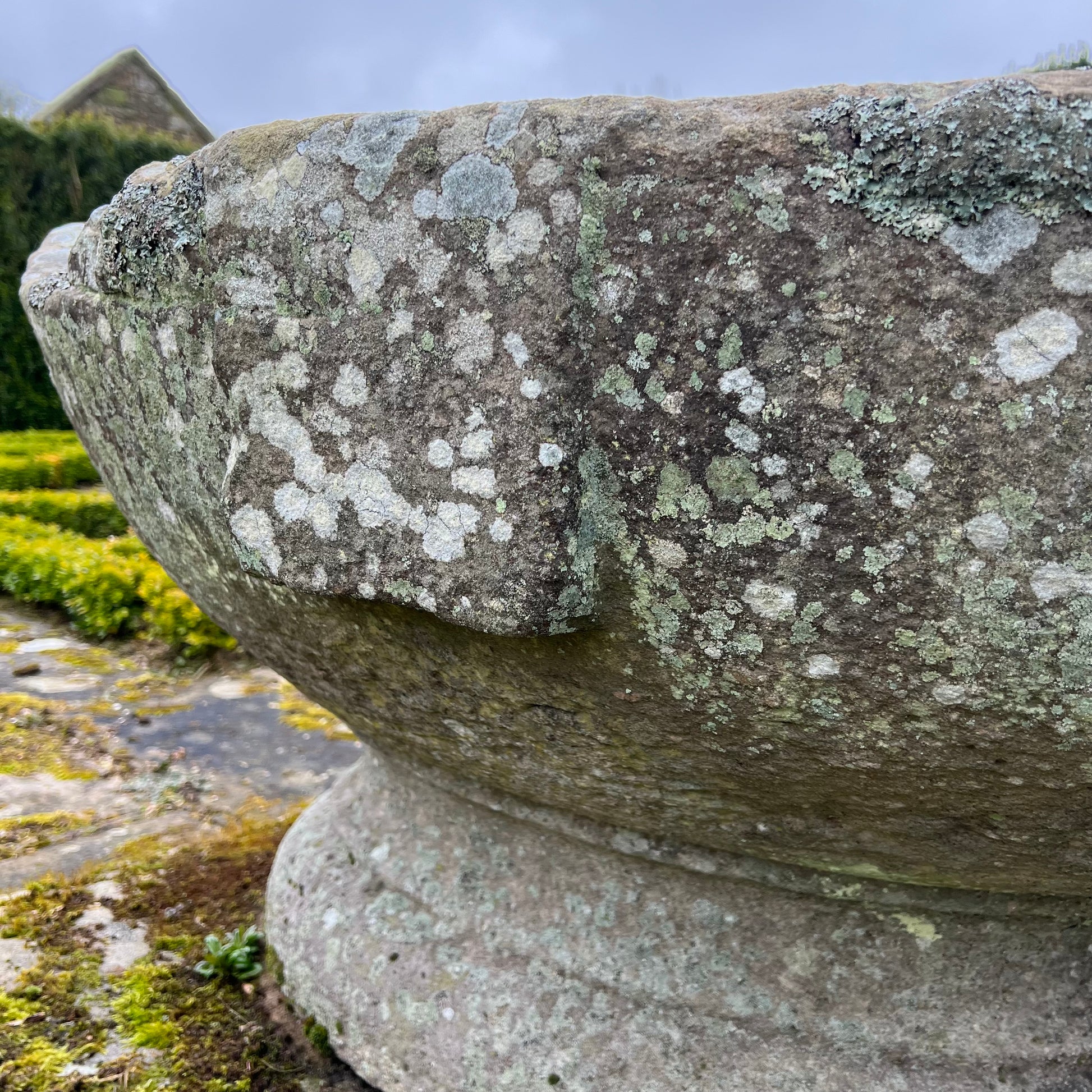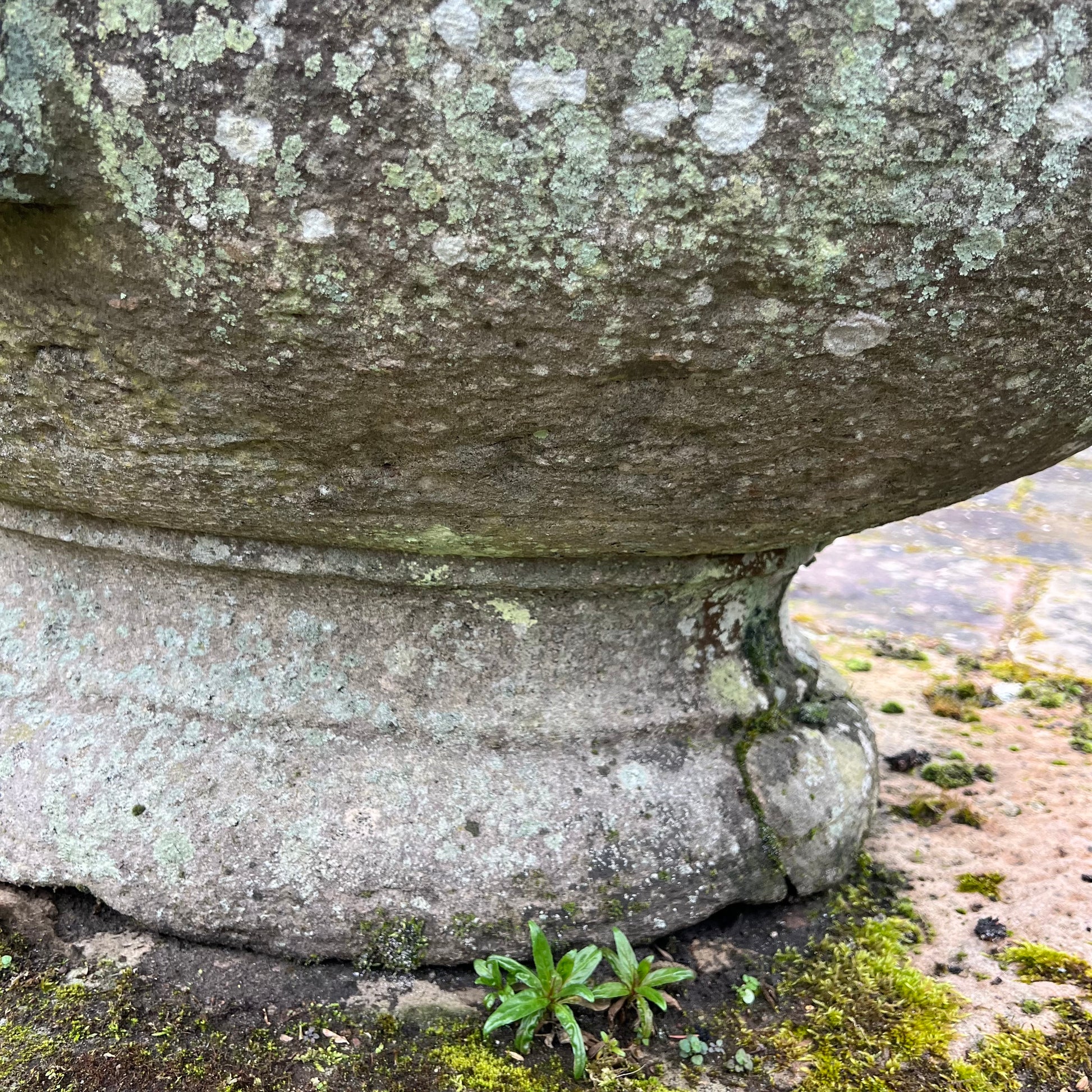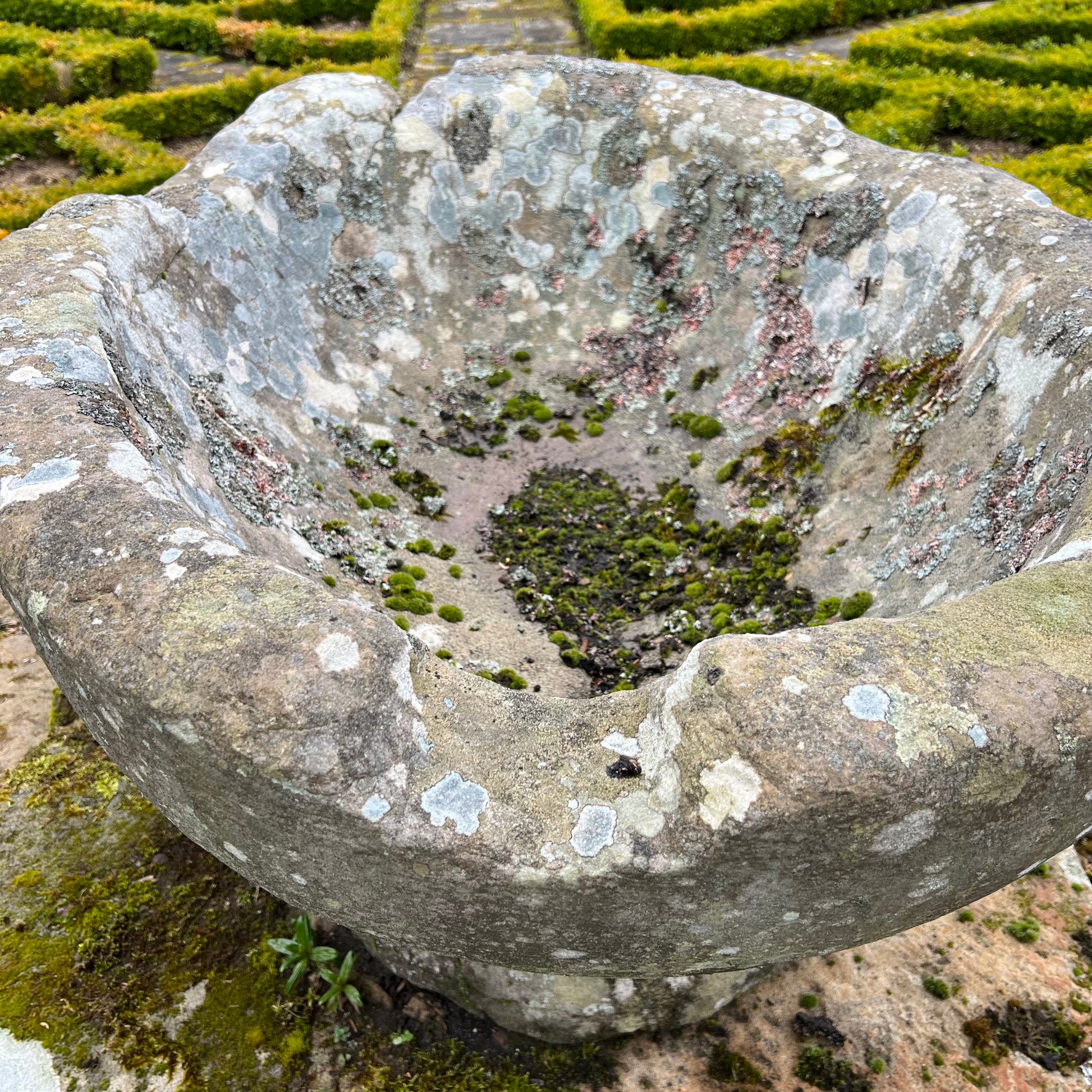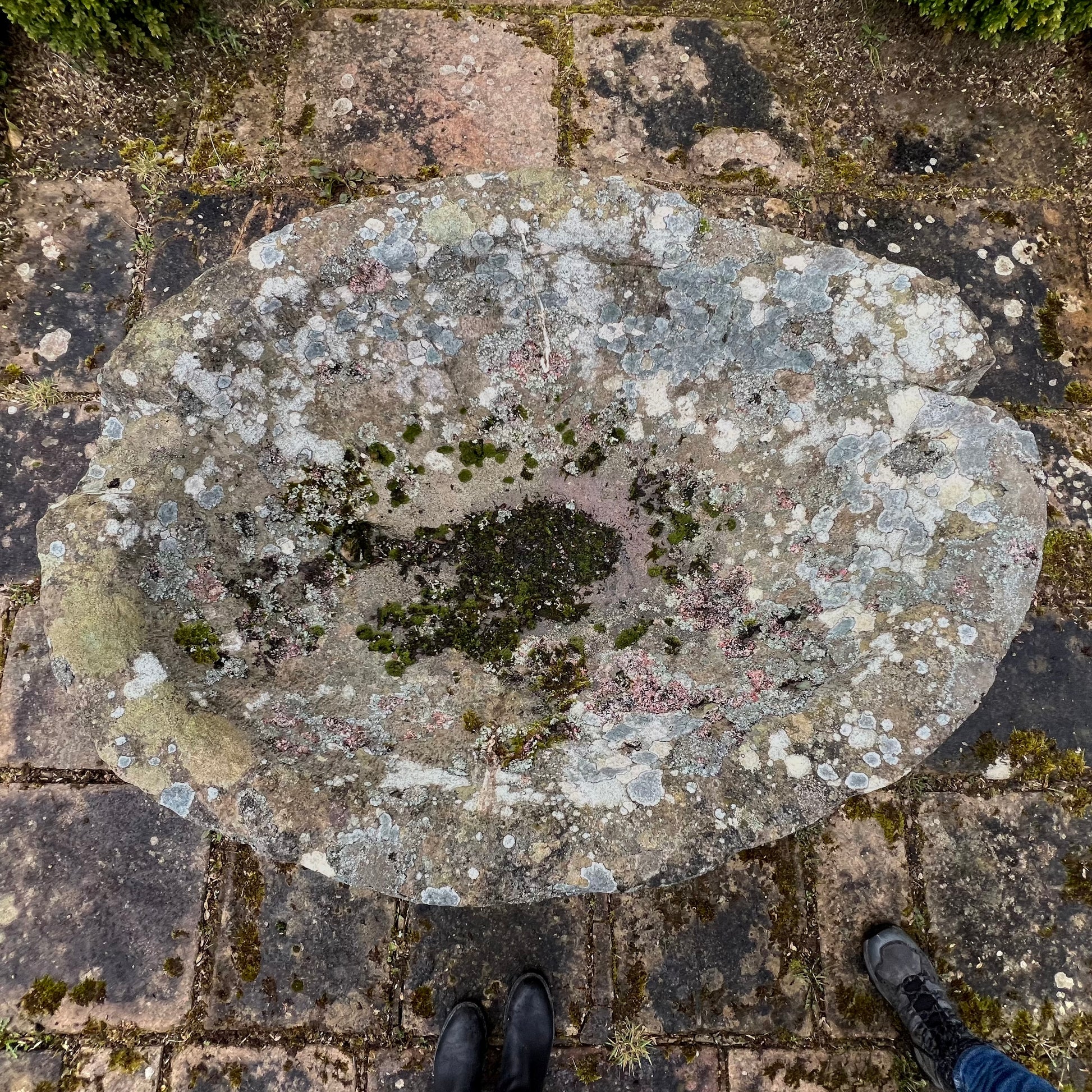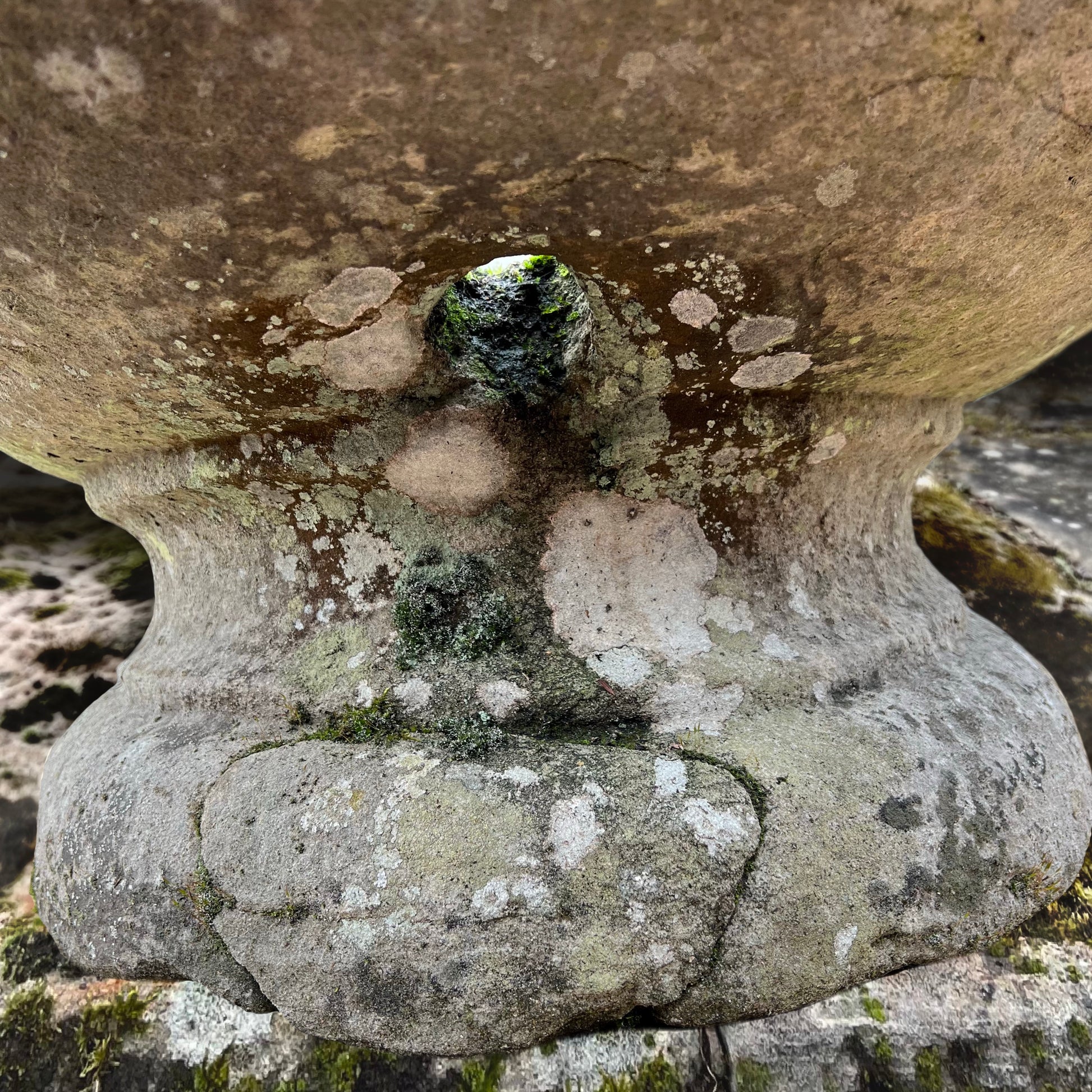Monumental Roman Basin or Lavabo from Furness Abbey
SKU: LAVA01
Couldn't load collection availability
UK Mainland Delivery & Non-Mainland
UK Mainland Delivery & Non-Mainland
* Until Christmas we are offering FREE UK MAINLAND doorstep delivery.
For UK Non-Mainland:
At checkout, please select ‘Pick up’ (not ‘Ship’) to complete your purchase.
You can either:
• Proceed with payment and we’ll send a separate link for delivery, or
• Contact us first for a quote, and we’ll send you a custom order link with delivery included.
Placing items in specific locations can be arranged on request — additional costs will apply. Our trusted fine art and antique couriers, ensuring your item arrives safely and with care.
International shipping
International shipping
International delivery, crating, shipping, and insurance can be arranged on request. We’ll provide a quote based on your needs—additional costs will apply and are payable directly to the shipping company.
You’re welcome to use your own shipping agent, or proceed with our recommended agent using the quote we supply. Payment is made directly to the shipping company.
Alternatively, select ‘Pick up’ at checkout to:
• Collect the item yourself
• Use your own shipping agent from our UK showroom
• Or simply complete your purchase
Contact us for a quote
A monumental incredibly rare and unique carved stone Roman basin or lavabo.
With exceptional provenance from 12th Century Furness Abbey, and most recently 16th Century ‘Herterton House’, Cambo, Northumberland, UK.
This much earlier basin, after already having a long history dating back to the Roman period, was more than likely to have been integrated into the monastic setting as a ceremonial form - a baptismal font or a Holy Water stoup. The object was undoubtedly highly revered to have be placed into the Abbey.
As an object the giant lavabo is purposefully sublimely and simply formed. It is honest in its singular material and its paired back nature holds a purity of intent in its creation. Its ovum shape is reminiscent of an egg, perhaps symbolic of birth or rebirth. The palpable energy it holds is circular, infinite. It speaks of Earth and Heaven.
The timeworn patination of the bowls surface is like that of a precious metal. A covering of lichen decorate the vessel in soft pastel egg shell blue, copper, pinks and green verdigris.
In the words of Frank Lawley “[…]The narrower second path across the parterre links a central urn on a square plinth to a pair of benches. The urn was discovered by accident in a city sale of fine art and antiques. It was not present in the saleroom since it was too large and too heavy to be carried up the several stairs from the pavement. It was instead on view in the auctioneers' country saleroom, a dozen miles out of town.
However, two items in the sale were of some interest and so l asked to see the sale catalogue. This opened by chance at the photograph of the urn.
It was mid-September, the season's takings were in the bank ready to carry us through the winter ahead. But in all situations when an object 'speaks to you' you must engage with it. It was a long battle. Dealers came from the Continent, one took a motorbike ride up from London, and finally a museum joined in. It was a difficult winter, but we have been ever thankful that it is here. Whatever items I had been looking for in the catalogue were completely forgotten.
The urn was said to be a lavabo which once belonged to Furness Abbey. Some visitors have said that it may be Roman[…]”-‘Herterton House and A New Country Garden’ Frank Lawley 2015
Furness Abbey’s history dates back to 1124. First occupied by the austere Savigny monks from Normandy, who arrived to establish a series of ‘daughter’ houses. The Furness peninsula was an ideal location for a monastery.
It had a fresh supply of water and ready access to building materials, and communication with the outside world was facilitated by the abbey’s proximity to the sea.
In 1147 all Savignac monasteries were absorbed into the larger Cistercian order. The Abbot Richard of Bayeux oversaw the rebuilding of the abbey’s church so that it conformed with strict Cistercian ideals, and the reduction of ornament within the architecture.
- Width: 114 cm (44.88″)
- Height: 54 cm (21.26″)
- Depth: 86 cm (33.86″)
